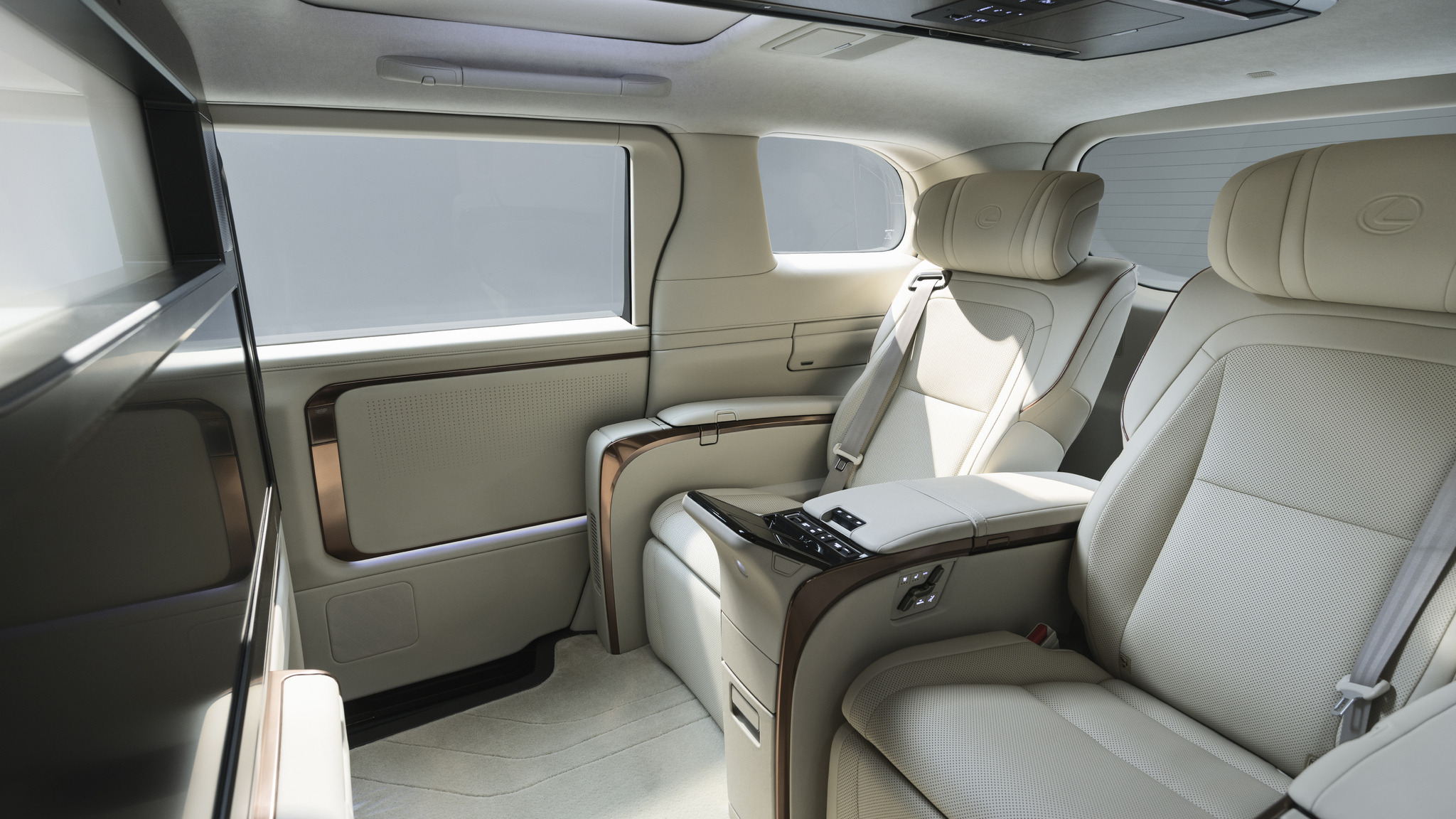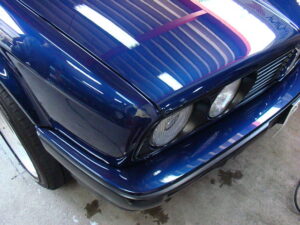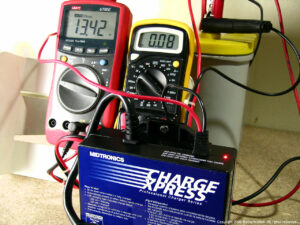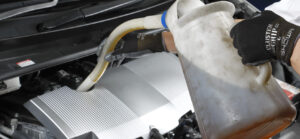Maintaining clean and fresh air inside your car is essential for a comfortable and healthy driving experience. Whether you’re dealing with hot, humid climates or simply want to ensure a pleasant ride, there are several strategies to improve the air quality in your vehicle. Here’s a comprehensive guide on how to keep the air inside your car fresh and comfortable.
1. Regularly Replace the Cabin Air Filter
Your car’s cabin air filter plays a critical role in maintaining air quality by filtering out dust, pollen, and other pollutants. Over time, this filter can become clogged, reducing airflow and allowing contaminants into the car. Most manufacturers recommend replacing the air filter every 12,000 to 15,000 miles, but you should check your owner’s manual for specific guidelines.
A clean air filter ensures that air circulates properly, allowing your heating, ventilation, and air conditioning (HVAC) system to function efficiently. This leads to better temperature control and prevents unpleasant odors from developing in the cabin.
2. Ventilate Your Car Before Driving
Before starting your drive, especially on hot days, it’s a good idea to ventilate your car. Open the doors and windows for a few minutes to let out the hot, stale air that has accumulated while the car was parked. This quick ventilation can significantly improve the quality of air you breathe during your drive and help your air conditioning system cool down the cabin more efficiently.
3. Use a Car Air Purifier
Car air purifiers are an excellent way to ensure consistently fresh air in your vehicle. These devices filter out airborne particles such as dust, bacteria, and allergens. Some advanced models also eliminate odors and neutralize harmful gases, making them ideal for drivers in polluted urban environments or those with allergies. A HEPA (High-Efficiency Particulate Air) filter is particularly effective at trapping small particles that can cause discomfort or allergic reactions.
4. Clean and Vacuum the Interior Regularly
Dust, pet hair, and food crumbs can accumulate quickly in the car, contributing to poor air quality. Regularly vacuuming your car’s interior, including seats, carpets, and mats, helps reduce the amount of dirt and allergens circulating in the air. Make sure to wipe down the dashboard, vents, and other hard surfaces to remove dust that can be kicked up during driving.
For an extra layer of freshness, consider using odor-absorbing products like baking soda or activated charcoal, which can neutralize bad smells without relying on artificial fragrances.
5. Utilize the Recirculation Mode Properly
Most modern cars are equipped with a recirculation mode for the HVAC system, which allows the system to reuse the air inside the cabin instead of pulling in air from outside. While this mode is helpful in preventing the introduction of pollutants or foul smells from outside (such as when driving in heavy traffic), using it for extended periods can lead to a buildup of CO2 inside the car, causing the air to become stale and uncomfortable.
To maintain a balance, alternate between fresh air intake and recirculation, especially on long drives, to ensure the cabin remains well-ventilated.
6. Check for Mold in the AC System
If your air conditioning system emits a musty odor, there could be mold or mildew growing in the system. Moisture buildup in the AC ducts can promote mold growth, which can severely affect the air quality inside your car. If this is the case, it’s important to have the AC system cleaned by a professional to remove the mold and prevent it from spreading.
To prevent mold from developing in the first place, avoid leaving the AC on high for extended periods, especially when it’s humid. Instead, use the AC moderately and allow time for the system to dry out by running the fan after switching off the AC.
7. Use Natural Air Fresheners
While traditional air fresheners can mask odors, many contain chemicals that may not be ideal for long-term use. Instead, consider natural alternatives like essential oils, activated charcoal bags, or a small pot of coffee beans, which can absorb bad odors without releasing harmful substances. Opting for natural air fresheners helps maintain a pleasant environment while ensuring that the air you breathe remains as clean as possible.
8. Keep Windows Closed in Polluted Areas
When driving through areas with heavy pollution or strong odors (e.g., near construction sites or in traffic jams), it’s better to keep the windows closed and use the recirculation mode of the HVAC system. This minimizes the entry of harmful exhaust fumes and airborne particles from the outside. Be mindful to switch back to fresh air intake once you’re in a cleaner environment to prevent stale air from building up inside the cabin.
Conclusion
Maintaining the quality of air inside your car is crucial for your comfort and health. Regular filter changes, proper ventilation, and the use of air purifiers or natural fresheners can significantly improve your car’s air quality. By following these steps, you’ll ensure that every drive is not only pleasant but also healthy. Keeping your vehicle’s air fresh will make your daily commutes and road trips far more enjoyable.
This article is designed with SEO best practices in mind to help readers find comprehensive solutions for improving air quality in their vehicles.









Comments